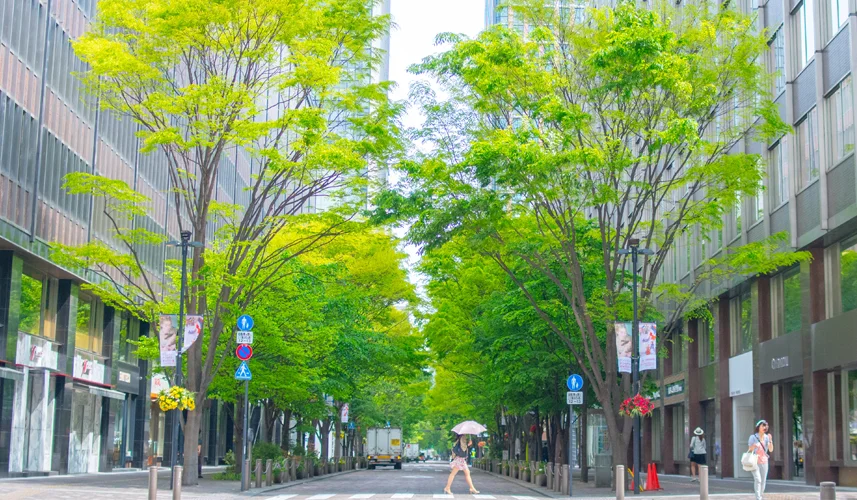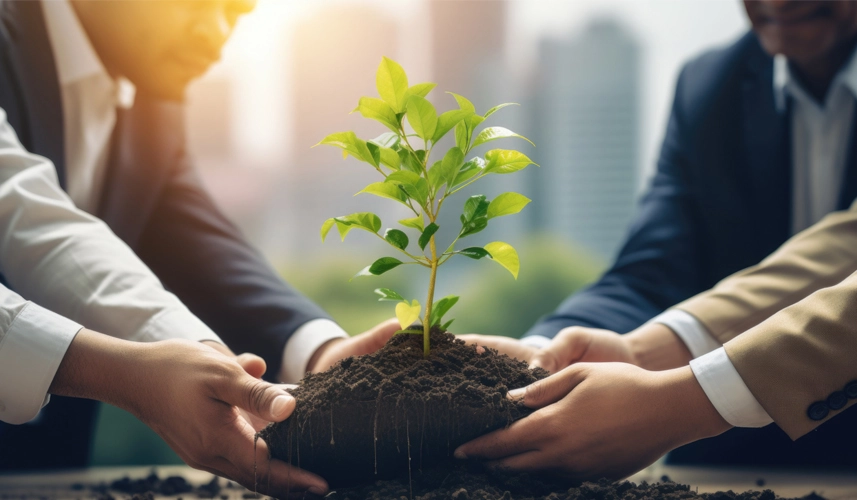
The Art Of Tree Preservation In Urban Spaces
The Importance Of Tree Preservation In Urban Environments
Our mission at White Oak Tree Care is to preserve urban trees through science and creativity. We as stewards of nature know that trees purify the air and provide wildlife habitats in our cities. Excellence in tree preservation strategies helps urban forests survive despite modern development. Let us discover new forest management methods and create a greener, more sustainable for future generations.
Visit our website to learn about our services and how to preserve urban trees. Call (630) 520-2690 for questions or consultations. So let’s save the trees and bring nature to our cities.
Understanding Tree Preservation Strategies
Discovering tree conservation methods involves studying the complex strategies used to preserve urban trees amid urbanization. These methods, from advanced arboriculture to community engagement, seek to preserve urban forests for future generations.
• Integrating Advanced Arboricultural Practices
To preserve urban trees, we must use advanced arboricultural techniques designed for urban environments. In the face of urban development, selective pruning helps trees stay healthy and structurally sound. Arborists can improve tree stability and reduce infrastructure risks by strategically removing dead or diseased branches. Root barriers and mulching reduce soil compaction and nutrient depletion, promoting healthy root development. We can manage urban tree populations and reduce human impacts with these proactive measures.
• Fostering Community Engagement
Teaching residents about urban forests through workshops, tree planting, and volunteering fosters ownership and stewardship. We foster environmental responsibility and collective action by empowering communities to care for trees and promote green spaces. Urban planning processes that solicit feedback and incorporate community preferences promote inclusivity and ensure that tree conservation efforts meet the needs and values of diverse stakeholders. Partnering with residents, businesses, and civic organizations can boost our tree preservation efforts and build stronger, more vibrant communities.
Implementing Effective Tree Preservation Measures
Effective tree conservation strategies reduce urban development’s impact on tree health. Collaboration and innovation are used to sustain urban tree populations.
• Collaborating With Urban Development Authorities
Urban tree conservation requires municipal and urban planner collaboration. By communicating with urban development decision-makers and stakeholders, arborists can promote tree conservation in city planning. Our expert advice on tree selection, placement, and maintenance ensures that urban trees are thoughtfully integrated into the landscape, enhancing their long-term viability and ecosystem services. Advocate for tree protection ordinances and green infrastructure incentives to create a regulatory framework that prioritizes tree conservation and sustainability.
• Innovative Approaches To Save The Trees
Innovation is essential to urban tree conservation in the face of changing environmental issues. Drone-based tree assessments and remote sensing tools allow arborists to conduct comprehensive tree inventories and monitor tree health with unprecedented accuracy and efficiency. Data-driven insights help us prioritize tree conservation and allocate resources. Explore vertical gardening and hydroponic systems to green dense or constrained urban environments with alternative tree planting methods. Innovation improves tree preservation strategies and inspires creative solutions to urban forests’ complex problems.

Enhancing Wildlife Habitat Enhancement With Trees
Creating green spaces for urban wildlife is part of improving wildlife habitat with trees. These initiatives aim to increase biodiversity and wildlife diversity in urban areas by planting native trees and preserving green corridors.
• Creating Green Corridors For Wildlife Migration
Urban trees aid wildlife in concrete jungles by providing habitats and corridors. We can connect habitats for wildlife movement and biodiversity conservation by strategically planting native tree species and preserving green spaces. Animals can safely navigate urban landscapes with green corridors along waterways, railways, and parks, reducing habitat fragmentation and isolation. Urban ecosystems benefit from wildlife-friendly landscaping like birdhouses, bat boxes, and pollinator gardens. Through collaboration between arborists, conservationists, and urban planners, we can create thriving green corridors that support diverse wildlife and promote ecological resilience in urban environments.
• Integrating Biodiversity Into Urban Planning
We understand the importance of biodiversity in urban planning to improve wildlife habitat with trees. We can create multifunctional green spaces that support diverse plant and animal communities using ecological design and landscape connectivity. Urban parks and greenways with native plantings and diverse vegetation structures provide wildlife with food, shelter, and nesting sites. Green infrastructure like green roofs and rain gardens reduces urbanization’s impact on natural habitats and boosts urban biodiversity.
Future Directions In Urban Tree Conservation
These projects are making the future greener and stronger for urban trees and the communities they support. They do this by improving technologies for protecting trees and pushing for changes in the laws that affect them.
• Advancements In Tree Preservation Technologies
Urban tree conservation will advance as technology advances. New technologies like LiDAR and GIS can precisely assess tree health, map canopy cover, and analyze urban forest dynamics. These innovative tools help arborists make better decisions and conserve urban trees. Intelligent sensors and IoT devices could monitor tree health parameters in real-time, enabling proactive management and early threat detection. Technology-driven solutions help arborists adapt to urbanization and climate change and manage urban tree populations.
• Policy Recommendations For Tree Conservation
Protecting urban forests requires technological advances policy reforms and regulations that prioritize tree preservation. Expanding tree protection ordinances, setting tree canopy goals, and incentivizing green infrastructure investments are essential to promoting tree conservation and sustainability in urban planning. Arborists can shape policies that protect urban trees by working with policymakers, advocacy groups, and community stakeholders. Integrating tree conservation into climate action plans and green building certifications raises urban forestry’s policy profile.
White Oak Tree Care promotes urban tree conservation through innovation, collaboration, and advocacy to protect our urban forests. We protect ecosystems in cities and improve community well-being by using advanced arboricultural practices, encouraging community engagement, and advocating for policy changes. Save the trees and create resilient urban landscapes for people and wildlife.
Call us at (630) 520-2690 or go to our website to find out more about our services. You can also read what our past clients have said about us in our reviews. For everyone’s benefit, let’s take care of the beauty and variety of our cities





 Powered by
Powered by